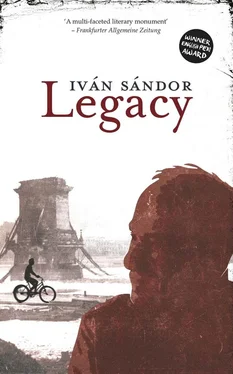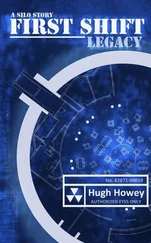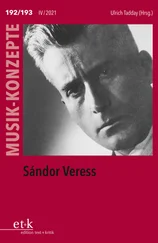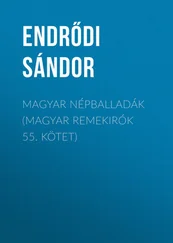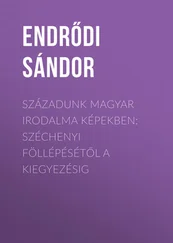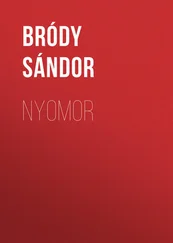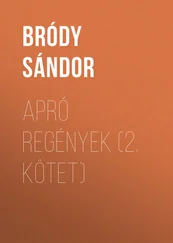They set up the pieces again.
We have a hard time getting to sleep. The little girl on the other bed is crying. She is hungry.
I dream that I go up to the fourth floor in a trio with Gyuri and Vera. Gyuri steps over to the window, looks down and says, The city is miraculous, like a stage, and there seems to be artificial snow falling, see. He points down to a piece of scenery with a river painted in blue. I’m singing Papageno. Vera undresses and catches cold; she will be ill. I can’t leave her and I clasp her to me. She loops an arm round my neck and presses her pubes against mine. More, that feels so good, she whispers in my ear.
I awaken to hear the girl crying again. Her mother gives her a biscuit. I am alone on the couch; Vera is lying beside Mother. I can’t see Father anywhere. My underpants are wet. Everyone is looking at me. Mother, the little girl’s mother, the little girl herself, only Vera is turning away. I go out into the bathroom and rinse my underpants.
Morning arrives.
The warden and Uncle Laci are again playing chess.
I tell Györgyi on the telephone that perhaps it’s best if I leave a copy of the most recent section of my manuscript at the porter’s lodge at the school as I am going that way anyway.
She is silent.
Does that suit you?
Do you want to go over the area yet again?
Now it is me who does not reply.
We’re good at falling silent together.
Like being connected.
I am making progress alongside the block of memories. When I read through the draft for the first time I made notes on the text, but I don’t know why I note things down again.
I decide to search out the first set of notes and place the current ones next to that. The gap between the two dates may reveal something about the difficulties of storytelling. While I think this, it seems to me that the interval between the two dates is more important than the actual date of 1944 that I again note down while transcribing the text.
Clearly, though, it does not exactly make my situation easier that the importance of telling this story forces itself out in front of the story itself.
I hand over the large envelope to the school porter.
The teacher had already mentioned it to him. He’ll pass it on to her straight away.
I continue on my way towards the Praktiker DIY Store. Just before the sun was still glowing red, but now the valley is getting dark.
I board a tram and travel as far as the corner of Bem Quay and Halász Street where the cyclist had knocked me off my feet. I take a stroll upriver as far as the Erzsébet Bridge where I board a number 7 bus. I glance at my watch in front of 76 Amerikai Road then go on towards the old KISOK football ground, the underground tram depot. I did the journey in eight minutes according to the clock at the next corner between Dorozsmai Street and Dorozsmai Lane, although my own watch says a different time.
The wristwatch used to belong to Father. Mother gave it to me after he died in 1953, and I have worn it ever since.
The route we took was Mexikói Road then Thököly Road.
I note down the time shown by the main clock at Keleti Railway Terminus.
Again there is a disparity of two minutes when compared with my watch.
Yet more clocks are to be seen in the shop windows, billboards and the hotel entrances in Baross Square in front of the station — each one points to a different time.
I can well remember that the big clock on the corner of the Outer Circle, in front of the National Theatre by the number 6 tram stop, was visible from the marching column.
The clock in that position now is smaller. According to the hands on the clock the time disparity is growing; by the time I get down to Lajos Kossuth Street on my way to the Pest end of the Erzsébet Bridge it has changed again, now decreasing.
The clocks’ mechanisms cannot be reconciled with what the hands are showing.
I go into a watchmaker’s, who checks the watch for two days. He says that over that time it has gained five minutes. He resets it.
I set off again.
I try to conjure up within me the bygone feelings of that bygone route. It does not work. It is not what was experienced in the past that preoccupies me but once again the disparity between the times on different clocks.
I am travelling around the city in a time that is not appre hensible in the act. Fő Street under Buda Castle. Bécsi Road. I take a number 1 tram upstream as far as Árpád Bridge and the corner of Váci Road, at the Pest end of the bridge in the XIIIth District. At the József Attila Theatre I take a taxi then from the Pest end of Margit Bridge. I go on foot to the Dohány Street Synagogue. I have a look to see which office has its signboard by the side entrance in the entrance doorway to the OMIKE hall of yesteryear, not far from the memorial to Carl Lutz.
I abandon any idea of finding any logical correlation between the various times. I have made notes on the disparities between clocks in the street and the shops, made notes of the discrepancies between what the hands of my own watch show in the John Bull Pub on Vadász Street, the Andrássy Hotel on Mihály Munkácsy Street, in Nagyfuvaros Street, at the porter’s lodge of the hospital on Szabolcs Street and at the corner of Pannónia and Csanády Streets.
Using fibre-tipped pens of different colours I map out the route that lives in my memory and the routes I have covered over the last three days. Each colour signifies a different time zone. The lines are layered upon one another, and that modifies the original colours.
In this way the different times form a shared space . That shared space is my city, able to accommodate the gazes of both cyclists, Mother’s gaze as she waves from the column leaving the brickworks, Vera’s long unseen face, even my old duffel coat, the face of the watch-maker as he says about Father’s wristwatch, It’s still a marvellous Tissot watch to this day, sir. As far as I can see it’s a series made right after the war or more likely pre-war, I’d say. The space of unsynchronizable times also includes Györgyi’s gaze as she reads what I have written and no doubt feels what I felt when I wrote her into the story. I note down that I am not going to go to the Ruszwurm café. I shall not order a coffee, so I can more easily conjure up Gizi’s gaze as she brings the coffee in person and sits down for a few minutes next to Mother.
I shall have Bőzsi’s name added to the memorial wall in the Jewish cemetery next to the New Public Cemetery on Kozma Street, out to the east of Pest or else on a plaque in the garden of the Dohány Street Synagogue or else among the many thousands of names in the Holocaust Museum and Memorial Centre on Páva Street — that’s what is left for me.
My city is constricted to a labyrinth mapped with coloured fibre-tipped pens, even though in my sensations it is expanding. As the drawing is completed I see edifices that have become ruins behind their magnificent façades, empty streets in the cover of an Outer Circle crawling with people, drains stuffed full of corpses in the shadow of splendid underground stations, hordes of rats in place of cars. I find it interesting that my sense of being at home is not changed.
I note that there are facts, documents and sources that represent real resources: my preserved letters. After fifty-eight years it would be fitting to study what I had to say — those really are the words of a fourteen-year-old boy. The written form might also provide an opportunity for drawing conclusions, but I am well aware that the interpretations of sources in themselves raise matters of the interpreter’s point of view, the methods of archiving and the drawing of conclusions.
Читать дальше
